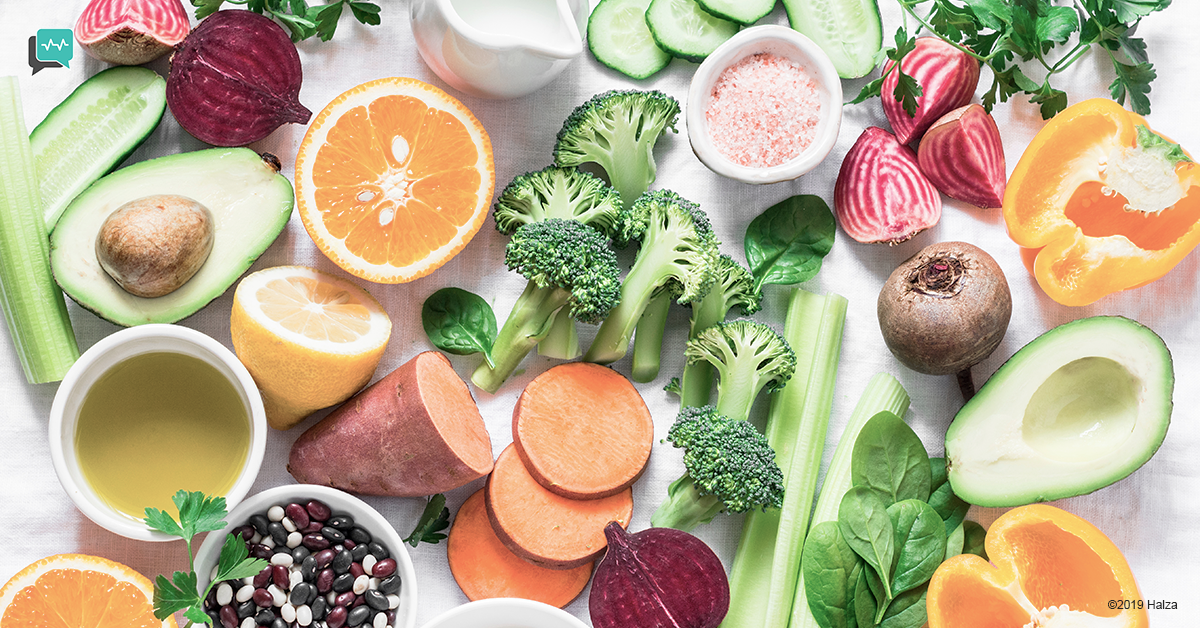Hypertension: The Silent Killer
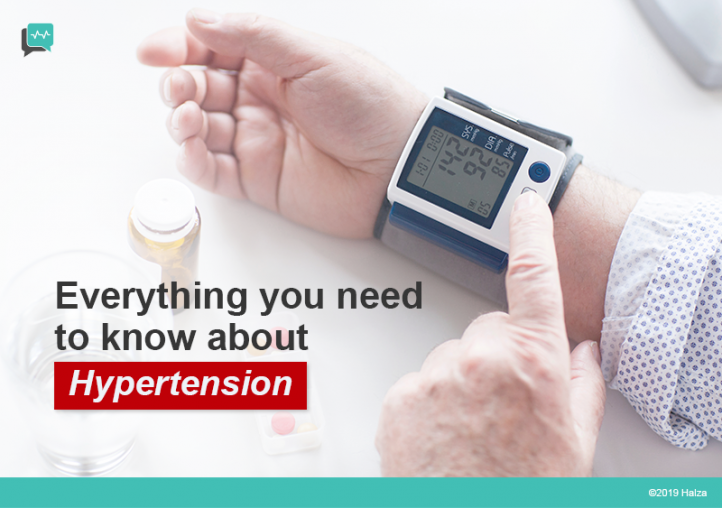
You probably know many people who have hypertension, or some who just weren’t aware of their high blood pressure until a medical catastrophe happened. This is a common condition that can often be avoided or controlled by making small but significant changes to your lifestyle.
What Exactly Is Blood Pressure?
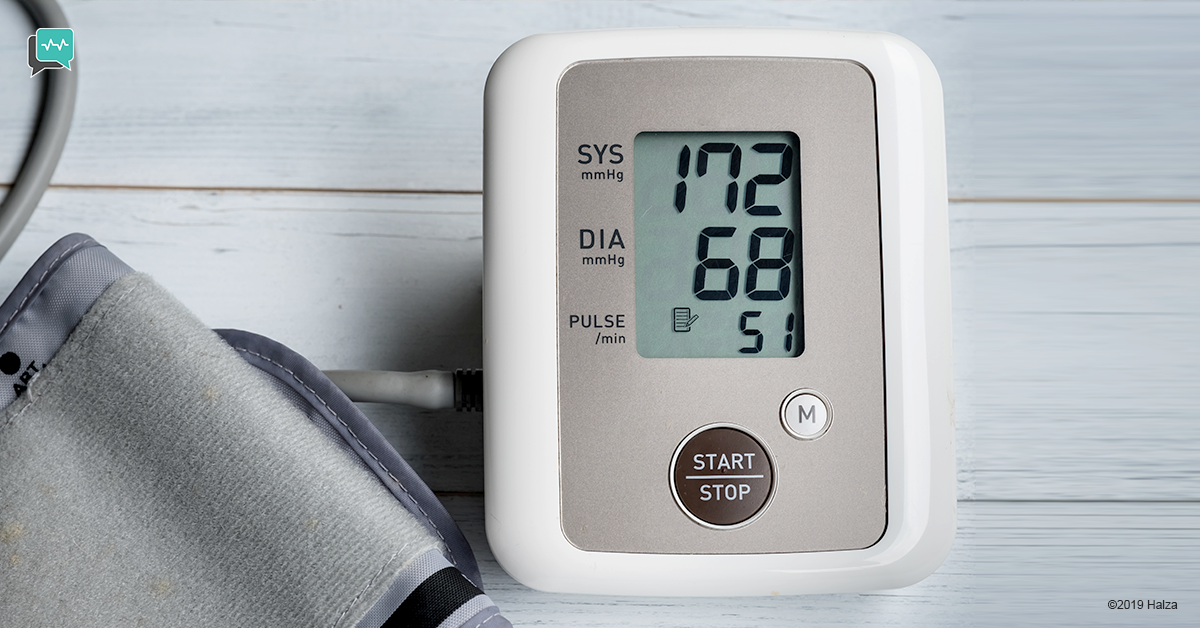
Blood pressure is a measure of the amount of force generated by circulating blood against the walls of your arteries and consists of 2 numbers.
Each time your heart beats, it pumps blood into the arteries with a force that stretches their walls.
This is called the systolic blood pressure (1st number or top number). The pressure in the arteries when the heart rests between beats is called the diastolic blood pressure (2nd number or bottom number).
When one or both of these values are higher than normal, hypertension occurs.
Hypertension can be dangerous, as it can lead to strokes, heart attacks, as well as hypertensive heart disease, kidney disease, and eye damage, with a risk of blindness and ballooning of arteries (aneurysms). Typically, there are no symptoms, which is why hypertension is often called “the silent killer”.
The most commonly used set of guidelines is from the American Heart Association (see below).

How Is Hypertension Diagnosed?
Hypertension is diagnosed with a blood pressure test, when a cuff is placed on your upper arm, inflated, and then slowly deflated.
Blood pressure can spike temporarily, especially in response to stress or exercise, and at least 3 blood pressure readings, taken in a rested state, are needed to diagnose hypertension.
When this happens, your health care professional will discuss modifications you can make to your lifestyle to help lower your blood pressure. If blood pressure reaches Stage One (see chart above), your health care provider will most likely add medication to the lifestyle modifications and at Stage Two, you may require additional medication.
What Are the Types of Hypertension?
There are 2 types of hypertension:
Primary hypertension (also called essential hypertension)
- There is no definite cause for its occurrence, develops gradually.
Secondary hypertension
- It is caused as a result of another disease e.g. kidney disease, adrenal gland tumor, obstructive sleep apnea, coarctation of the aorta
What Are the Risk Factors for Developing Hypertension?
Risk factors fall into two types.
Non-modifiable
These are risk factors that are beyond your control. They include:
- Having a family history of high blood pressure
- Aging
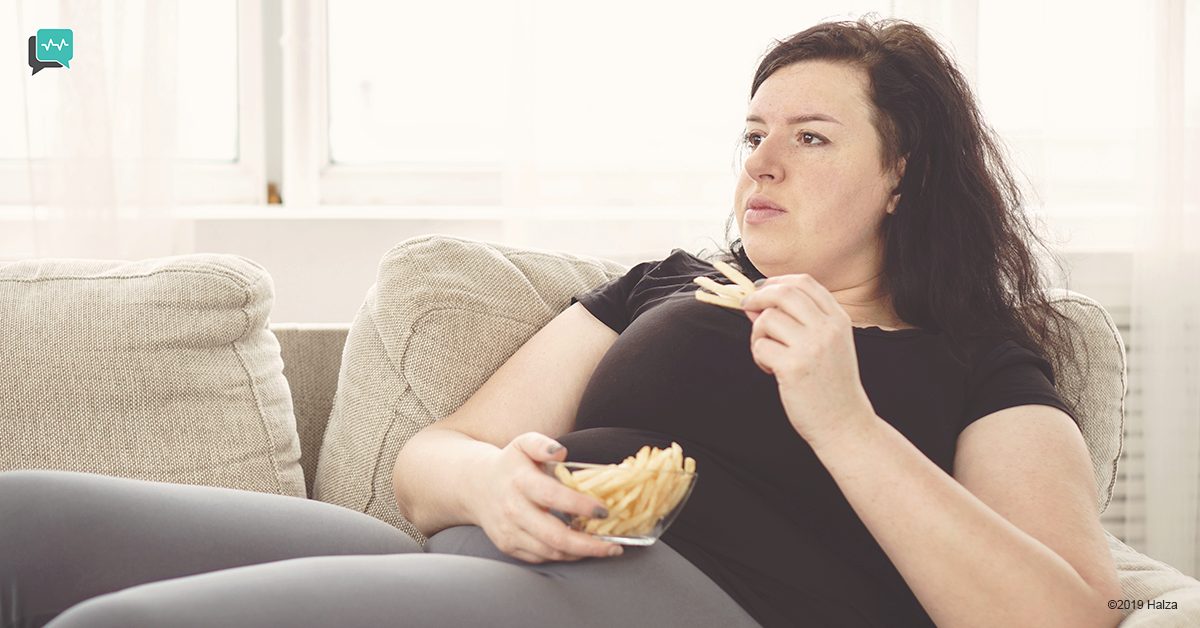
Modifiable
These are risk factors that you can control, which include:
- An unhealthy diet: Eating foods that are high in fat, sugar, or sodium can contribute to high blood pressure.
- A sedentary lifestyle and lack of exercise
- Being overweight: Excess weight increases your risk of developing high blood pressure and also heart disease, diabetes, and other serious conditions.
- Stress
- Alcohol: Having more than one alcoholic drink per day for women or two for men is linked to high blood pressure.
- Smoking: Tobacco can damage the arteries – and through second-hand smoke, the arteries of people around you.
These modifiable risk factors are all intertwined.
An unhealthy diet and sedentary lifestyle often lead to being overweight, which is typically accompanied by little desire to exercise and a great desire to eat. Stress from being exhausted all day sometimes leads to alcohol or tobacco use to relieve stress.
While it is true that hypertension rarely produces symptoms noticeable to the patient, it does lead to many conditions that will require the patient to visit a doctor. Chest pain, shortness of breath, vision problems, kidney disease, and headaches, among many other conditions, will prompt a doctor to check for high blood pressure.
Related reading:
- Burnout is a very real part of our lives, but how can we overcome it? Introducing what the Dutch call niksen.
- How does stress physically affect our body and how can we deal with it? Read now.
How is Primary Hypertension Treated?
To lower blood pressure, it is crucial to make changes to your lifestyle. Old (and bad) habits die hard, but adopting a healthier lifestyle can drastically help you recover.
Adopting a healthy diet
Reaching and maintaining a healthy weight, as well as paying attention to your alcohol and cigarette consumption is key.
Lowering your sodium intake can be helpful in treating high blood pressure. Most of the sodium that we eat comes from packaged and processed foods, so do avoid those. If you buy canned foods in salty liquid, drain and rinse the food before consuming. Instead of using salt or soy sauce, flavor your food with herbs and spices.
One recommended diet developed to help prevent/reduce hypertension is called the Dietary Approaches to Stop Hypertension (DASH) Diet.
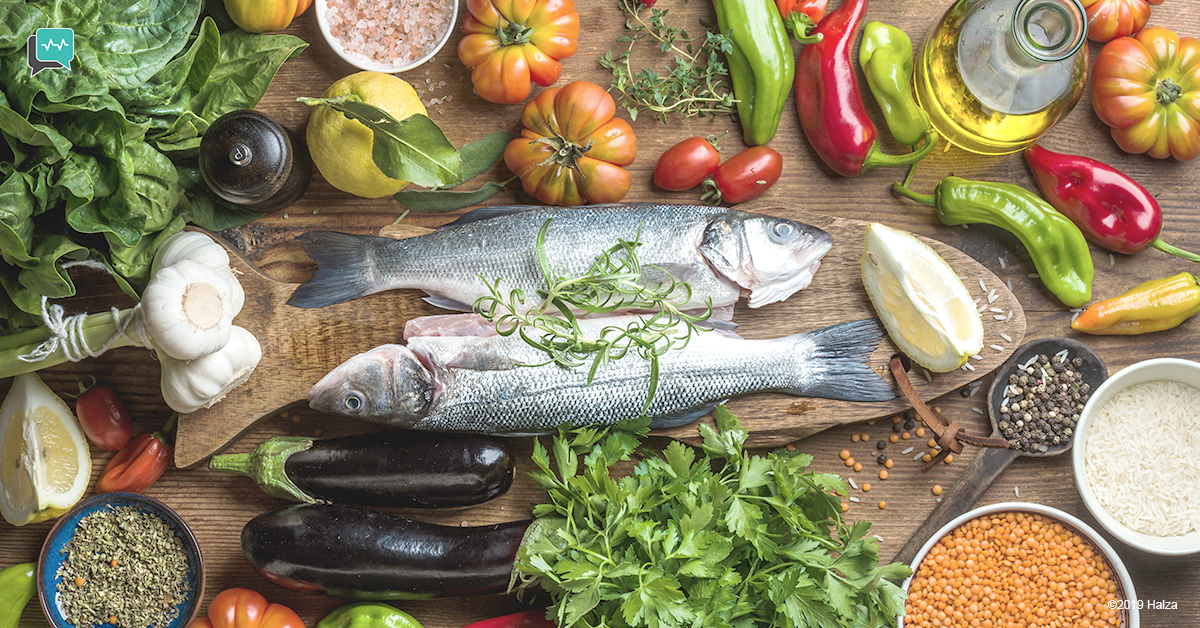
It is similar to the Mediterranean diet and recommends eating fruits, vegetables, low or nonfat dairy, whole grains, lean meats, fish, poultry, nuts, and beans. The plan ensures sufficient intake of potassium, calcium, and magnesium – all of which are valuable to the cardiovascular system.
Regardless of whether you are following a specific eating plan, be sure to compare nutritional information on package labels and choose products that have less sodium, less added sugar, and less trans-fat. Cook at home so that you know exactly what you are eating – restaurant meals are often packed with fat and sugar that gives them a better taste.
Exercising more

Exercising is a key component in reducing blood pressure. Aim to get at least 30 minutes 5 times a week. Walk and cycle as much as you can instead of driving. Get off the bus one or two stops earlier. Whenever it’s possible, choose the stairs over the elevator. Work out at home or join a gym, take up jogging, or learn a new sport! Small efforts add up.
Related reading:
Medical treatment
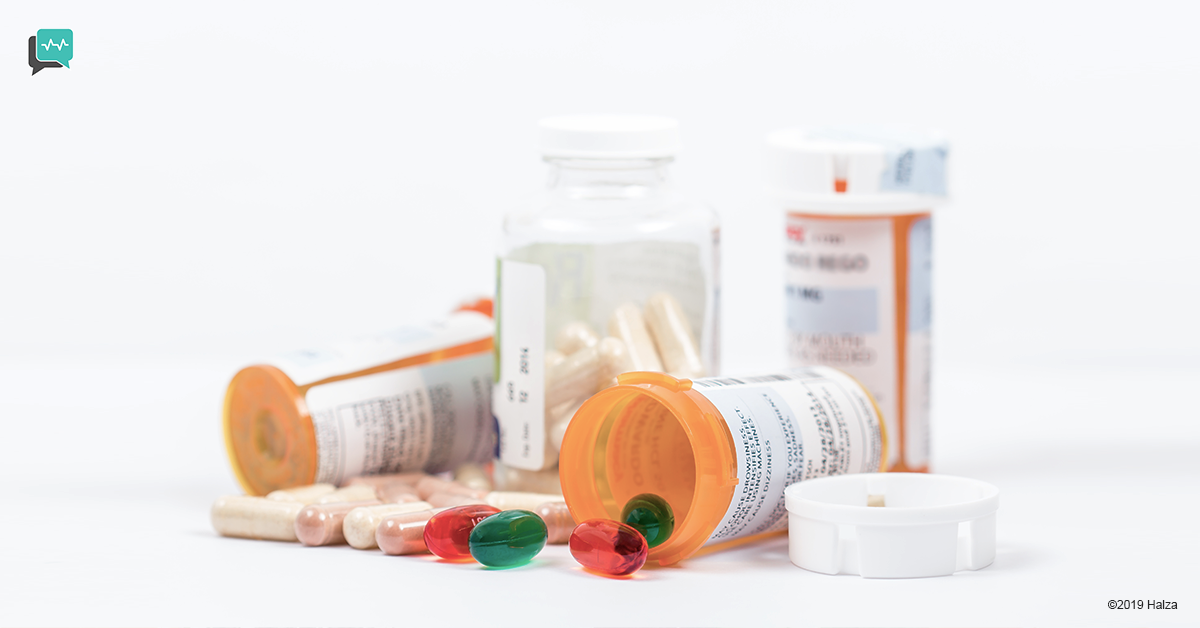
If you modified your lifestyle but still have high blood pressure, your doctor may recommend medication. Often (but not always) the first medication that is recommended is a diuretic, which is also known as a “water pill”. If your blood pressure has reached Stage Two, your doctor might recommend a second medication.
How Halza Helps
Store, track & share all your medical records in one convenient app!
Track Vital Signs like blood pressure, weight, body fat, heart rate, and cholesterol levels and always keep an eye on your progress.
Never miss an appointment or a medicine dose when you set up Reminders on Halza.
With Emoji Blast® and Circles, you can also receive encouragement and support from your friends and family.
Download Halza today!
Sources: CDC – MedicalNewsToday
Jill Sabin Garner received her Bachelor of Science in Nursing (summa cum laude) from New York University. A Registered Nurse and Certified Diabetes Educator, she serves on the boards of both the New York State Coordinating Body and the Metropolitan New York Group of the American Association of Diabetes Educators.
